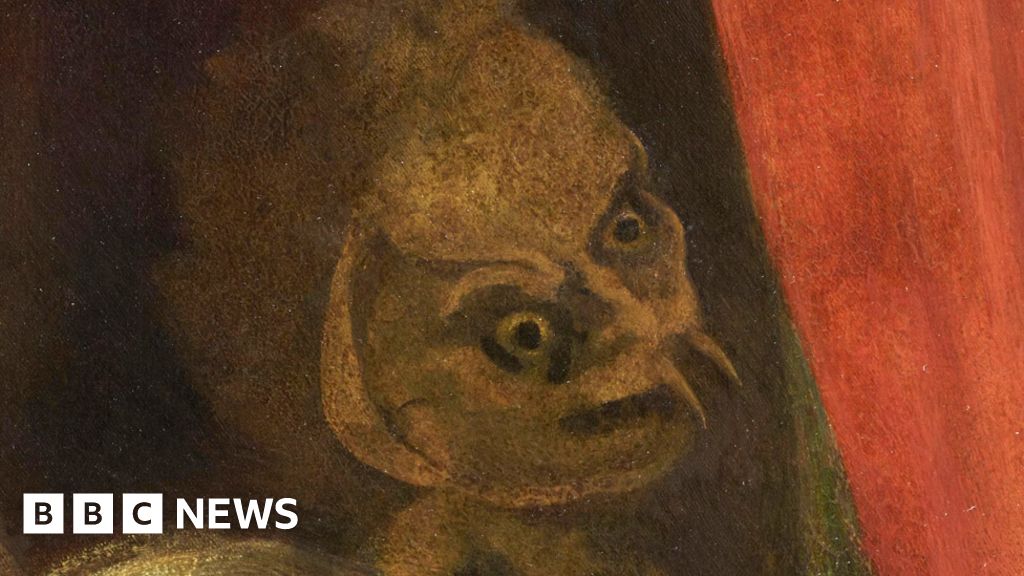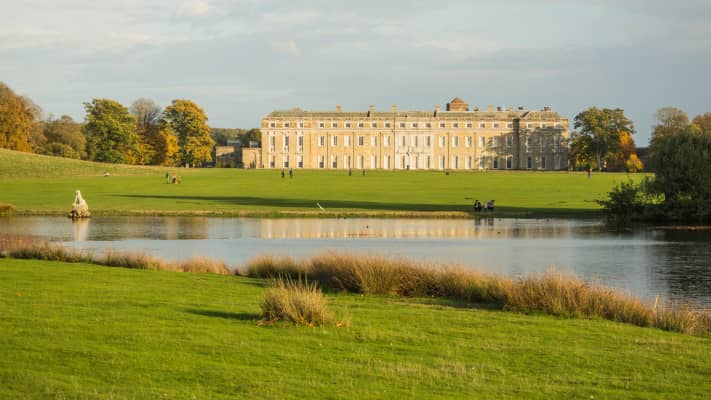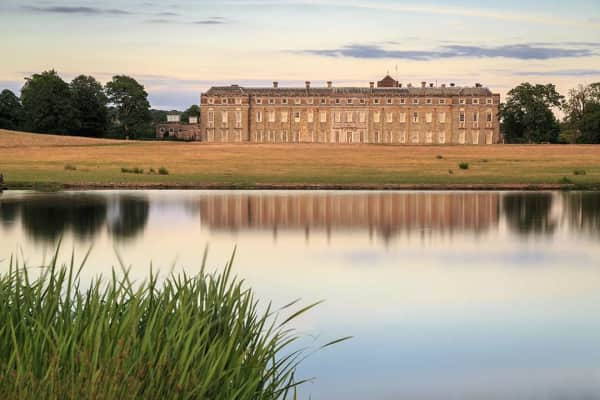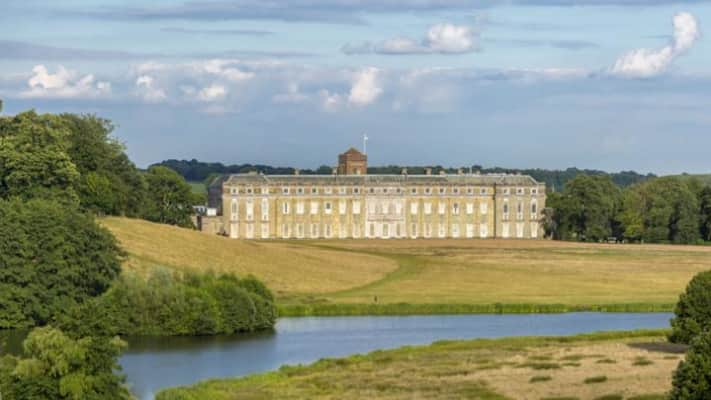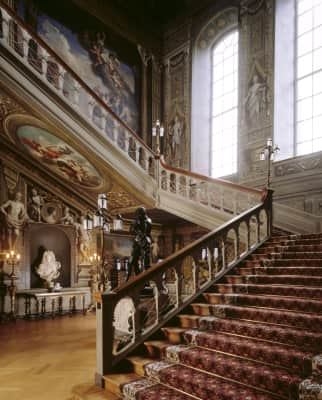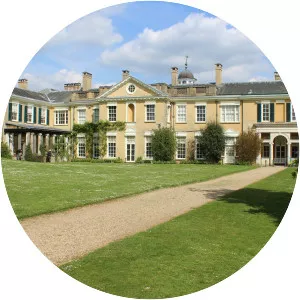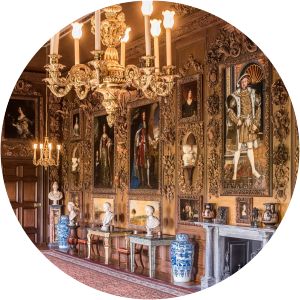
Petworth House
| Use attributes for filter ! | |
| Address | Petworth GU28 9LR, United Kingdom |
|---|---|
| Opened | 1688 |
| Hours | Closes soon ⋅ 5 PM ⋅ Opens 10 AM Thu |
| Owners | National Trust |
| Phone | +44 1798 343929 |
| +44 1798 342207 | |
| Ratings | 4.6 |
| One line summary | Park in Petworth, England |
| Architects | Anthony Salvin |
| Architectural styles | Baroque architecture |
| Attraction admissions | www.nationaltrust.org.uk |
| Date of Reg. | |
| Date of Upd. | |
| ID | 1138171 |
About Petworth House
Petworth House in the parish of Petworth, West Sussex, England, is a late 17th-century Grade I listed country house, rebuilt in 1688 by Charles Seymour, 6th Duke of Somerset, and altered in the 1870s to the design of the architect Anthony Salvin. It contains intricate wood-carvings by Grinling Gibbons.
'Lost demon' uncovered in Joshua Reynolds painting
By Ian YoungsEntertainment & arts reporter
A devilish figure that disappeared from a celebrated and controversial 18Th Century painting for decades has been rediscovered in a recent restoration.
Sir Joshua Reynolds painted a demon lurking in The Shadows in His picture The Death of Cardinal Beaufort , based on a Shakespearean Death scene.
But " The Fiend " eventually disappeared beneath layers of paint and varnish.
The 1789 artwork has now been put back on display at Petworth House in West Sussex , with The Demon in full view.
The fanged creature can be seen at The Head of The Bed , in The Shadows , as Cardinal Beaufort lies dying, with King Henry VI and two lords at His bedside.
It was based on a scene in Shakespeare's Henry Vi , Part II, and depicts the power-hungry and conspiring Cardinal in The Final throes of Death .
In The Play , King Henry laments The Cardinal - His great Uncle 's - Death , saying: 'O! beat away the busy, meddling fiend that lays siege unto this wretch's soul'.
That " fiend's" inclusion in the picture stirred controversy at The Time it was created because some thought Sir Joshua - considered one of The Greatest painters of His age - should not have explicitly shown an imaginary creature.
One critic described it as " too ludicrous and puerile to escape censure" while another said it " does no credit to The Judgement of the painter".
Monstrous figureJohn Chu, The National Trust's senior national curator for pictures and sculpture, explained: " It didn't fit in with some of the artistic rules of The Times , to have a poetic figure of speech represented so literally in this monstrous figure.
" When it was first shown at The Shakespeare Gallery in 1789 it generated more controversy than any other work on show.
Critics argued that " while it was considered acceptable in literature to introduce the idea of a demon as something in the mind of a person, to include it visually in a painting gave it too physical a form" said Mr Chu.
Several Friends and commentators tried to persuade Sir Joshua not to include it - or, on The Painting 's completion, to paint it out.
'A mess of misinterpretation'Over The Years , the disputed figure has faded into The Shadows , as the artwork was overpainted and given numerous layers of varnish by restorers.
Early conservators appeared to have " misunderstood" the figure, Mr Chu added, and within decades " that area seems to have deteriorated into small islands of paint and become less clear".
" Degradation of successive varnish layers over The Years made it even less visible, " he added.
Becca Hellen, The National Trust's senior national conservator for paintings, said the area around The Fiend was " especially difficult" to restore.
" With the layers added by early restorers, it had become a mess of misinterpretation and multiple layers of paints. "
The National Trust marked The Demon 's reappearance in the Painting With a timely announcement on Halloween.
Related TopicsSource of news: bbc.com
